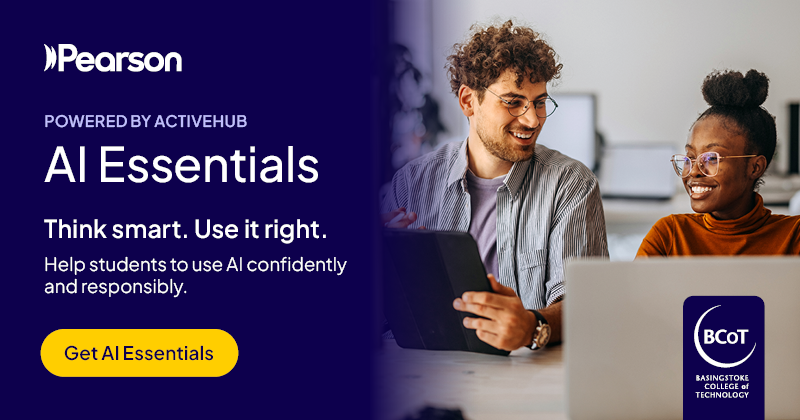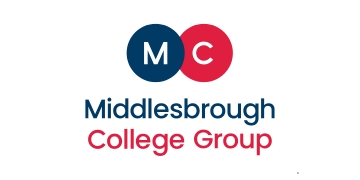The AI genie is well and truly out of the bottle.
AI’s influence isn’t creeping in quietly. It’s moving fast, reshaping how young people learn and create. Yet the national conversation remains cautious, often focused on risk rather than readiness.
The question now isn’t if students use AI – it’s how well they use it, and whether we’re helping them to do that.
Confidence isn’t competence
The Pearson School Report 2025 shows that 51% of secondary students feel confident using AI. But confidence and competence aren’t the same. Fewer than half feel confident choosing the right tools or judging whether AI outputs are accurate and fair.
Nearly a third want to learn how to use AI more effectively. Teachers see what’s coming: 57% believe AI will play a bigger role in education, yet only 9% feel confident teaching students how to use it.
While some learners are already confident with AI, many are still experimenting – copying, pasting and refining prompts without clear guidance.

Why responsible use matters
This isn’t about banning AI or fearing it. It’s about helping students build the judgement to use it wisely and fairly.
As AI becomes part of everyday school life, familiar priorities – from academic integrity to digital literacy – are being reshaped. Can students recognise bias? Credit their sources? Spot when a chatbot is bluffing? Those are the skills that turn AI from a shortcut into a learning tool.
A small step with big impact
Basingstoke College of Technology (BCoT) recognised early that students needed structure and support to use AI with confidence. Supported by Pearson, they developed AI Essentials – a short, self-paced course designed to build curiosity, digital awareness and practical skills.
It’s a 60-minute introduction that fits easily into induction or tutorial time, exploring practical questions such as:
- What is AI and where do we encounter it?
- What makes an AI response helpful or harmful?
- How can students use these tools fairly and responsibly?
Richard Harris, a Digital and IT Lecturer at BCoT, saw the impact immediately. “It was fantastic to see students not just getting excited about the topic but really starting to think critically about the content they consume every day.”
The model has already sparked interest from schools looking for simple, adaptable ways to start these conversations. While AI Essentials was designed for college learners, its discussion-based approach works just as well in secondary settings. What matters isn’t where it’s taught, but giving students the space to pause, question and reflect.

What’s at stake
A recent report from the Institute for the Future of Work highlights AI literacy as a top employer priority. They’re not just looking for coders – they want young people who can think critically, use technology wisely and understand its limits.
Schools can play a vital role in building that kind of digital confidence through small, thoughtful steps that make time for discussion and reflection.
Anthony Bravo OBE, Principal of BCoT, added: “This isn’t about being cutting edge. It’s about being responsible. Our job is to get students ready for what’s next – to help them make smart, informed choices with AI, now and in the future.”
The genie is already out of the bottle. We don’t need to put it back in. We just need to learn how to work with it – and help students do the same.
Find out more about the AI Essentials course developed by BCoT and supported by Pearson: Access your sample pack
















Your thoughts